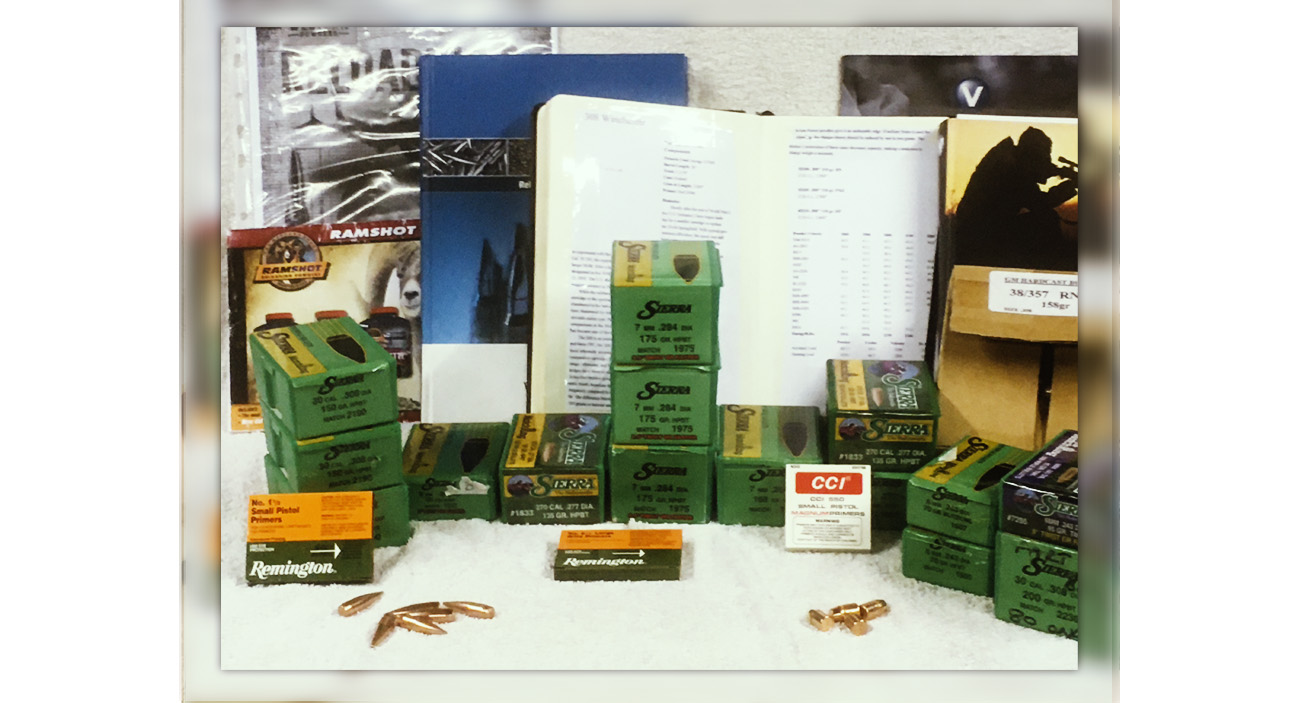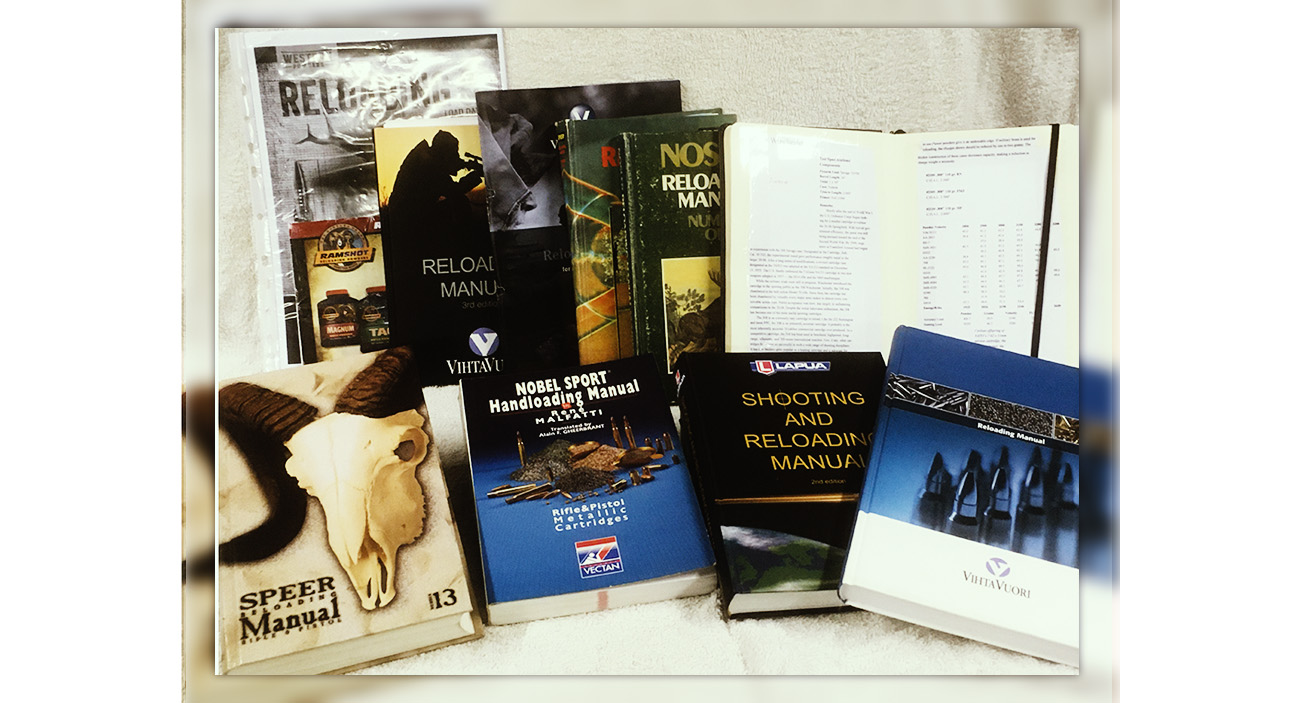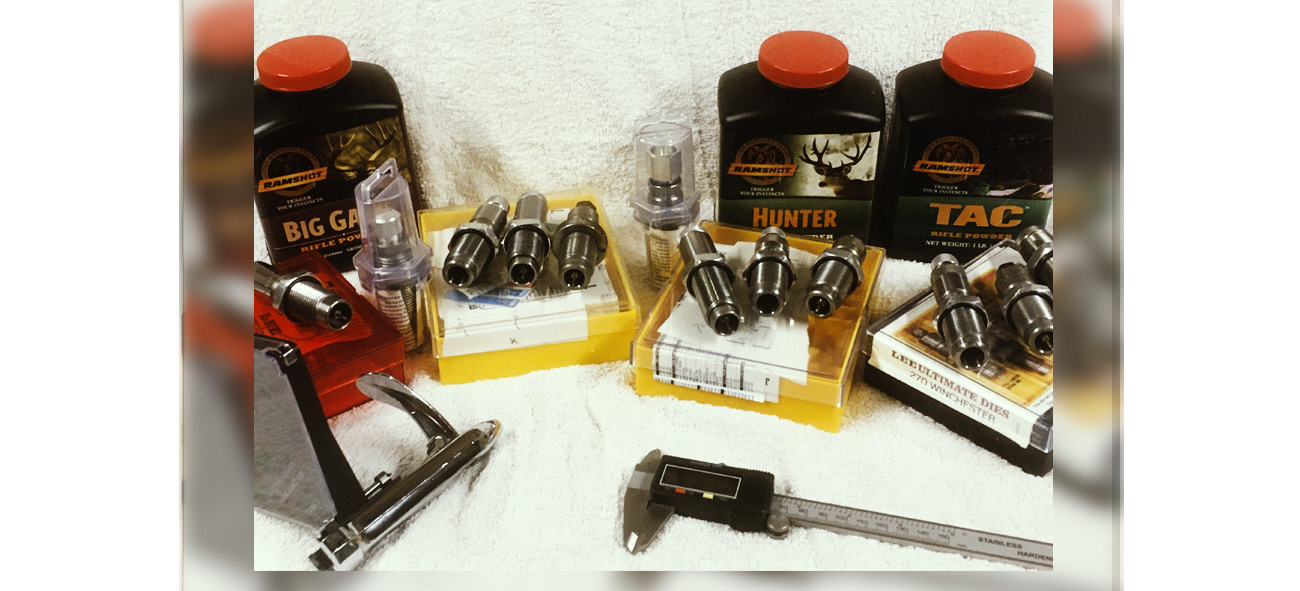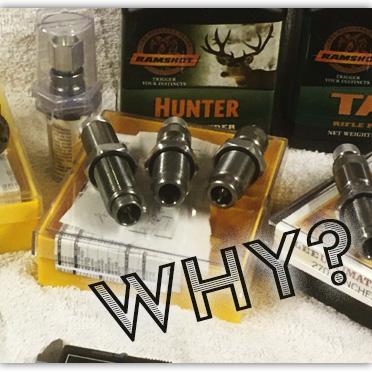We use cookies to make your experience better. To comply with the new e-Privacy directive, we need to ask for your consent to set the cookies. Learn more
Why Reload Instead Of Buying Factory Ammunition?
If you're yet to get into reloading but are thinking about taking the plunge, one of the first questions you'll likely have is Why Should I Reload Instead Of Buying Factory Ammunition?.
Written by a reloader who works at Henry Krank, this blog dives into his reloading journey and the main reasons why you should reload instead of buying factory ammunition.
Many years ago, I bought a lever action rifle that came with a used Lee Progressive Press and other bits and bobs that I had no idea what they did. That started the whole reloading journey for me that continues today but why do other people get into it, for me it was an off shoot of that purchase, but I had never set out to reload.
Too many people had told me that handloading was a dark art and only the most dedicated people would get into it, expending large amounts of cash and time to produce their given round. With experience I can say that reloading metallic ammunition is neither a dark art nor expensive, just another facet of shooting that you can take as little or as far as you wish.

One of the issues with reloading is finding the right person to show you the basics. You then have to follow up with reading as much as you can on the process, both in general and specific cartridges you may be interested in.
We must remember that handloading entails dealing with explosive materials and we must always concentrate, have no distractions and follow reloading data from reliable sources such as reloading manuals.

There are several types of people who get into reloading, and most but not all will fall into the following groups.
- You get given or get a deal that includes reloading equipment, and therefore you start your journey by accident. You may put that equipment in a box or pass it on to others, or you try your hand and see what the results are like. But there still needs to be a reason why you want to do it.
- You want to save money over factory ammo. Consider the brass case that gets left on the range, put in the spent cases bin at the club house or generally discarded after use. If it's a good quality brass case from a recognised manufacturer, you're effectively throwing away 40% to 60% of the cost of your next round without thinking. Saving that brass and using it again saves money even after factoring in your powder, primer, and bullet. The only thing you can't quantify is your time involved, however that doesn't cost anything.
- Maybe you shoot a calibre that you have problems sourcing hunting or target ammunition for, handloading allows you to make the round to suit its purpose. An example would be creating a match round for a .270.
- Squeezing the most performance, accuracy from your rifle / cartridge combo possible. Nothing off the shelf quite matches your standards, and you're positive that with a little research and time you can better what's out there.
- Maybe you like to tinker and actually get more enjoyment out of the reloading process than actually pulling the trigger.
- Shooting a wildcat, non-factory available round means that you have no choice.
Whatever the reason, you finally take the plunge and purchase that equipment. You can purchase items individually or buy one of the Lee Reloading kits that provides all the items required except calibre specific requirements and consumables to start loading.
Having decided on your purchase, one of the main considerations will be do you want to full length or neck size your cases. Both options have pros and cons, and that discussion is for another time.
One of the most important items that gets overlooked when you make that purchase is a quality reloading manual that normally come in one of three types.
Manuals produced by bullet manufacturers give detailed descriptions of their products along with detailed loading data on each bullet normally covering the most popular powders available at that time. I have several of these but have found the Sierra manual invaluable for developing loads.
Manuals produced by powder companies detail powders coupled with a more generic or smaller spread of calibres. However, the free load data provided by Ramshot powders is quite extensive on calibre, bullet and powder options.
Lastly, the generic manual covers a more general overview.
At last count, my collection consisted of 12 reloading manuals, 9 books on reloading and over 600-gun related publications, most of which incorporate loading data to some degree. What you may gather from that is that you can never have too much information when it comes to reloading.
When setting up your equipment, always follow the relevant instructions, don't try to cut corners or guess. Adhere to what they say, and it will save you a lot of grief by not getting it wrong.

Choices of press vary between single stage or progressive, and for the novice the single stage is ideal. It may appear to be slower, but for that perfect rifle round it's ideal as it allows you to double check every stage of the process.
What does it all boil down to? Whatever your reason for trying handloading it can be a rewarding and safe exercise that lets you have more control on what you put through your rifle. Hitting the desired target at 50 - 1000yds with ammunition produced yourself is a pleasure in itself and well within the capabilities of the average shooter. So, if the pubs are shut and the nights are dark why not try a new pastime.

All these years later I'm still using that first press, I've added extensively to my Kit over this period of time and reload for at last count 6 calibres. It's an enjoyable pastime and ensures that I can always produce my perfect round and don't have to rely on that factory box of ammunition on always being on the shelf.
View the full range of Lee Precision Reloading Equipment here.

